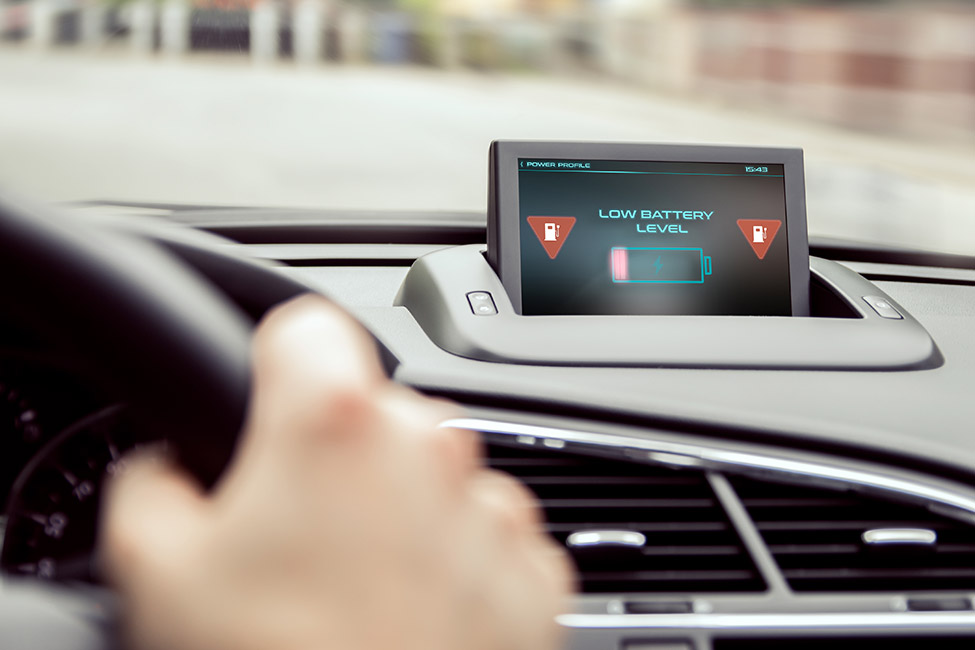Some preconceived ideas about electric cars

Myth No. 1: An electric car is more polluting than a combustion engine car
This argument is based on a comparison between the production of an internal combustion vehicle and that of an electric car. However, when it comes to the environment, an electric vehicle is better than a combustion engine: after around 20,000 miles, the virtual absence of greenhouse gas emissions from an electric vehicle on the road offsets the carbon footprint of its production. After around 125,000 miles, a combustion engine car will have caused two or three times more pollution than an electric car.
Myth No. 2: It’s impossible to own an electric car without a car park or garage
There’s an obvious reason why many motorists don’t consider switching to an electric car: they don’t have a parking space with recharging facilities, whether it’s their own shared car park or a private garage. But really, that’s looking at the problem the wrong way round: the number of public charging points is constantly increasing, and many organisations (businesses, shops, local authorities) offer low-cost recharging. As the range of electric vehicles continues to grow, a single charge is often enough to cover a week’s worth of daily journeys! So even if you don’t have a car park or garage, you can still buy an electric car for your journeys to and from work, for example.
Myth No. 3: You lose range in winter because of heating and equipment
Some critics say that electric vehicles can only be used between June and September. Yet, while the range of an electric vehicle may indeed vary in colder weather conditions, manufacturers have found ways of countering this. Thanks to thermal preconditioning, an automatic program that is activated when the car is charged, it is no longer necessary to turn on the heating for the first few miles. What’s more, the installation of heat pumps instead of traditional cabin heating solutions reduces the electricity consumed by heating and air-conditioning, and thus always prioritises the watts reserved for motive power.
Myth No. 4: We don’t know enough about electric vehicles in the long term
Electric vehicle technology emerged almost at the same time as the internal combustion engine, but mass-market applications have only appeared in recent years. However, the efficiency of the electric motor has been proven: it is now recognised that rechargeable vehicles have far fewer parts to wear out and that an electric chassis can cover hundreds of thousands of miles. So over the long term, electric cars are easy to maintain, and the only thing that needs attention is the battery, after about 90,000 miles on the road.
Myth No. 5: an electric car is not suitable for long journeys
The electric vehicle market is undoubtedly one of the areas of the car industry that has seen the greatest progress in recent years. Technology, infrastructure and more. Improvements in vehicles and charging stations are making life easier for users as technical advances continue.
While in 2013, a journey in an electric car from London to Edinburgh might have seemed like a real endurance test, ten years later, it’s clear that the same journey is now much simpler. There are more widespread, more numerous and more powerful charging stations that offer motorists much shorter recharging times while the batteries in their vehicles have gained in capacity. This means fewer stops while maintaining efficient driving.
A practical, environmentally friendly and safe solution, electric vehicles are constantly making progress, proving their relevance in today’s vehicle market. Feedback from experience now confirms the long-term benefits of electric cars for motorists and the environment alike.














